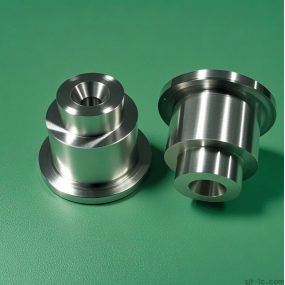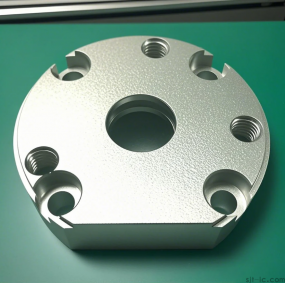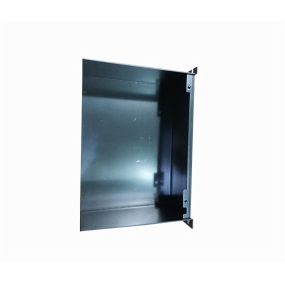The thickness of Sheet Metal Processing materials in Shenyang is 1.7 times. Sheet metal factories generally use 1.7 times the thickness of the material as the bending reducing material. Calculating the elongation of the plate is simple. If the processing accuracy requirements are not high, thin plates can be directly used. The raw materials are different, and the thickness of aluminum plate raw materials can be calculated according to 1.6. The thickness of stainless steel materials can reach 1.8 times.
Zigzag reduction = multiple of material thickness + 1/3.
This formula is the calculation of the tortuosity of the plate during the long-term processing of the plate. This is also an approximate calculation method. Its theoretical explanation is: Stretch = length a + b-2 times material thickness + thickness elongation coefficient 1/3. The length of the short straight line is calculated earlier, plus the tensile coefficient. It is generally thought that the plate will be stretched when it is bent.
 Bending reduction = material thickness - (0.72t-0.075V-0.01), the calculation method has been improved. The feature of this method is that the influence of the die width on the tortuous reasoning is considered. The experimental data is based on the carbon plate experiment, and the experimental accuracy of other materials is still unclear. The tortuous elongation of the aluminum plate under the condition of 4 times the material thickness and 4 times the groove width is calculated. The obtained results are still appropriately accurate. The expansion calculation of the carbon sheet is very accurate.
Bending reduction = material thickness - (0.72t-0.075V-0.01), the calculation method has been improved. The feature of this method is that the influence of the die width on the tortuous reasoning is considered. The experimental data is based on the carbon plate experiment, and the experimental accuracy of other materials is still unclear. The tortuous elongation of the aluminum plate under the condition of 4 times the material thickness and 4 times the groove width is calculated. The obtained results are still appropriately accurate. The expansion calculation of the carbon sheet is very accurate.
The content of the article comes from the Internet. If you have any questions, please contact me to delete it!


 Spanish
Spanish Arabic
Arabic French
French Portuguese
Portuguese Belarusian
Belarusian Japanese
Japanese Russian
Russian Malay
Malay Icelandic
Icelandic Bulgarian
Bulgarian Azerbaijani
Azerbaijani Estonian
Estonian Irish
Irish Polish
Polish Persian
Persian Boolean
Boolean Danish
Danish German
German Filipino
Filipino Finnish
Finnish Korean
Korean Dutch
Dutch Galician
Galician Catalan
Catalan Czech
Czech Croatian
Croatian Latin
Latin Latvian
Latvian Romanian
Romanian Maltese
Maltese Macedonian
Macedonian Norwegian
Norwegian Swedish
Swedish Serbian
Serbian Slovak
Slovak Slovenian
Slovenian Swahili
Swahili Thai
Thai Turkish
Turkish Welsh
Welsh Urdu
Urdu Ukrainian
Ukrainian Greek
Greek Hungarian
Hungarian Italian
Italian Yiddish
Yiddish Indonesian
Indonesian Vietnamese
Vietnamese Haitian Creole
Haitian Creole Spanish Basque
Spanish Basque











